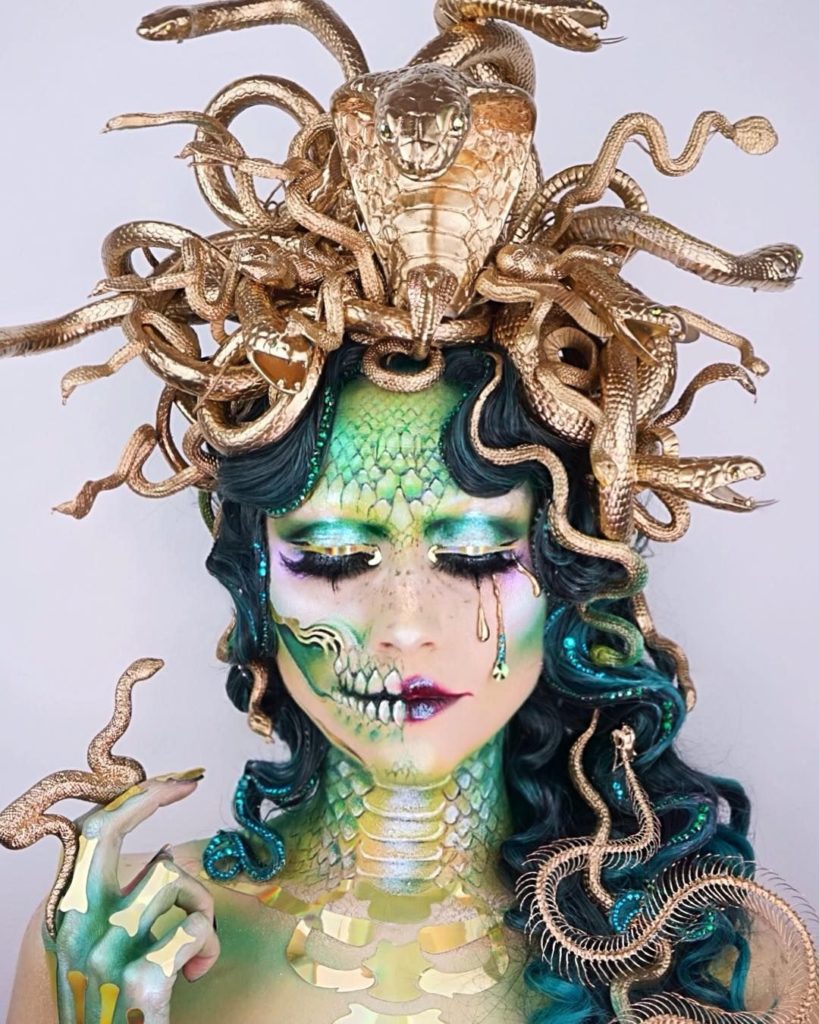The risk is the extent of the possible damage associated with a given situation, i. e. what could go wrong. Knowing the risk that exists will help you avoid it or at least be prepared in case something happens. Following this approach, Klinke and Renn illustrated six characters representing different types of risks in Greek mythology from 700-500 BC.
These mythological figures represent the desire of the human being to become self-aware and “create the future?”. Instead of being exposed to the test of luck and circumstances. There are six different types of risks, represented by Damocles, Cyclops, Pythia, Pandora, Cassandra and Medusa.
- These risks are differentiated by their likelihood of occurrence.
- The damage they can cause and what we know about them.
- Let’s see them one by one.
Klinke and Renn identified six figures representing six types of risk in Greek mythology.
Among the characters of Greek mythology is Damocles, courtier of Dionysus, thought that his king was fortunate to have power and wealth, which made him a desire and flatterer of Dionysus. To try to teach him a lesson, Dionysus proposed to Damocles to change places with him for a day.
On the same day there was a banquet at which Damocles was glad to be treated as king, however, at the end of the meal, Damocles noticed a sharp sword hanging over his head, bound by a single strand of mane. eagerness to delicacies and luxuries, asking Dionusio to leave his post.
This myth serves as an example of the insecurity of those who have great power, they can lose not only all their power, but also their lives, this kind of danger is what exists in times of prosperity.
Its main characteristics are a low probability of occurrence and a significant amount of potential damage, some examples of this risk can be found in nuclear energy or meteor impact, they are unlikely to occur, but if they occurred, their damage would be very significant.
Cyclops are a kind of giant with a single eye in the middle of your forehead, because you have reduced vision your perception of reality is also reduced, this type of risk cannot be considered well, it is not known what their odds are, but the potential damage is catastrophic.
In this type of risk are earthquakes and volcanic eruptions, as well as the use of weapons of mass destruction, we cannot be sure whether or when they will happen, but we know that their damage will have an impact.
When the Greeks wanted to know the future, they consulted their oracles, one of the most important being the Oracle of Delphi, whose spokesperson was priestess Pitia, this priestess was intoxicated with gas to make predictions and thus warn of the future. to the misfortune of those who consulted the oracle, their prophecies were always ambiguous.
The type of risk posed by this story is the type of risk in which the extent of the damage or the likelihood of it occurring is unknown; one example is sudden climate change or exposure to chemicals or biological substances. These and other technology-related risks, such as genetic engineering, are difficult to estimate.
One of the most controversial figures in Greek mythology is Pandora. It was created by the gods as a form of punishment after Prometheus stole the fire to deliver it to humanity.
Pandora was so beautiful that neither the gods nor humans could resist it, so the gods of Olympus offered her their best gifts, including curiosity, that led her to open the box containing all the evils of the world.
This risk indicates that small actions can cause major disasters, usually discovered late, such as those caused in the environment, the characteristics of this type of risk are its strong diffusion, persistence over time and irreversibility, an example is chlorofluorocarbon. In principle, they were considered harmless, but over time they were found to destroy the ozone layer.
Cassandra was a Trojan psychic who had been cursed, her curse was that no one ever believed her predictions, it was she who predicted the fall of Troy for the Greeks, but her compatriots did not take it seriously because of the curse that accompanied her. Later, as we know, the Greeks left the famous wooden horse and razed the city.
This story corresponds to events for which the probability of occurrence and the extent of its damage are known. However, because there is a delay between the cause and the consequences, the risk is ignored or underestimated.
In addition, these risks have a high probability of occurrence and a high potential for damage; for example, climate change and biodiversity loss.
The last of the characters who pose risk in Greek mythology is Medusa, Medusa was one of the three Gorgona sisters, the only mortal of the three, no one dared approach her, as they said that even her eyes could petrify anyone who crossed paths with her. .
The type of risk associated with this myth is one that is rejected although it is harmless, that is, a risk that seems very high, but there is no evidence that this is the case, an example is electromagnetic fields. Their potential damage is small, but people feel affected.
As we have seen, the different risks can be interpreted from these analogies with characters from Greek mythology, but most importantly are not comparisons, but knowledge of the type of risk corresponding to each of these categories, so that they do not result in potential harm; whether these are dreaded damages or other damages arising from the anticipation itself.

